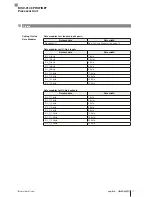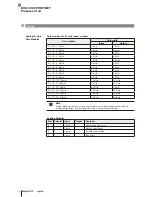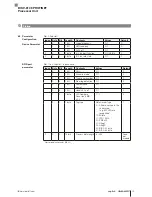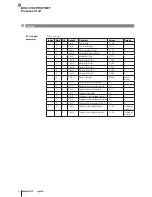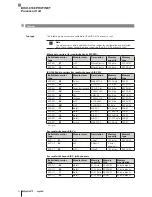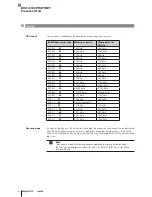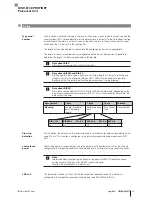
BIS V-6108 PROFINET
Processor Unit
10
english
IO-Link is defined as a standardized point-to-point connection between sensors/actuators and
an I/O module. An IO-Link sensor/actuator can send additional communication data
(e.g. diagnostics signals) in addition to the binary process signals over the IO-Link interface.
Compatibility with standard I/O:
– IO-Link sensors/actuators can be connected to existing I/O modules.
– Sensors/actuators that are not IO-Link-capable can be connected to an IO-Link module.
– Standard sensor/actuator cables can be used
Key technical data:
– Serial point-to-point connection
– Communication as an add-on to the standard I/O
– Standard I/O connection technology, unshielded, 20 m cable length.
– Communication using 24 V pulse modulation, standard UART protocol
Process data (cyclical):
The GSDML file provides combined input/output modules (8 bytes…254 bytes) for mapping the
sensors:
– Combined input/output modules (8 bytes…254 bytes)
Service data (diagnostics, parameters):
– Parallel and non-reactive to process data
– Startup parameters can be configured using communication, then
– Binary switching signal
The device can be connected to a computer's USB port using the "Service/IO-Link" jack and
then behaves like a USB stick. This allows access to the internal memory, where the manual, the
GSDML file and a communications driver for service functions are saved. In addition, the BIS V
has to be connected to a voltage source. The communication driver can be installed as needed,
but is not required for the USB port and BIS V to function.
Note
Visit
www.balluff.com
for more information on available software and accessories.
3.7 IO-Link
3.8 Communication
Mode
Standard
I/O mode
3.9 USB Port
3
Basic Knowledge

















